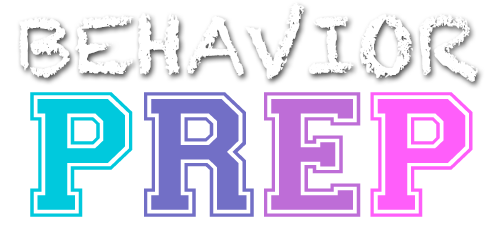C.7 Measure efficiency (e.g., trials to criterion, cost-benefit analysis, training duration)
Measuring Efficiency
Efficiency in behavior analysis refers to evaluating how effectively a behavior intervention or training program achieves its goals with minimal resources, time, or effort. Various methods can be used to measure efficiency, including trials to criterion, cost-benefit analysis, and training duration.
Examples
Trials to Criterion: A behavior analyst measures how many learning trials it takes for a child to consistently identify the color red correctly (trials to criterion). The child must correctly identify the color red in three consecutive trials to meet the criterion. If it takes the child 15 trials to reach this point, the efficiency of the teaching procedure can be evaluated based on the number of trials needed.
Cost-Benefit Analysis: A clinic conducts a cost-benefit analysis to determine the efficiency of a new social skills training program. The analysis compares the program’s cost (e.g., therapist time, materials) with the benefits gained (e.g., improved social interactions, reduced problem behaviors). This comparison helps determine whether the program provides sufficient benefits relative to its costs, thus assessing its overall efficiency.
Training Duration: A supervisor measures the efficiency of a training program for new staff by tracking the total time it takes for each staff member to master a specific skill. If one training method takes 3 hours to achieve mastery while another takes 5 hours, the method that requires less time may be considered more efficient.
